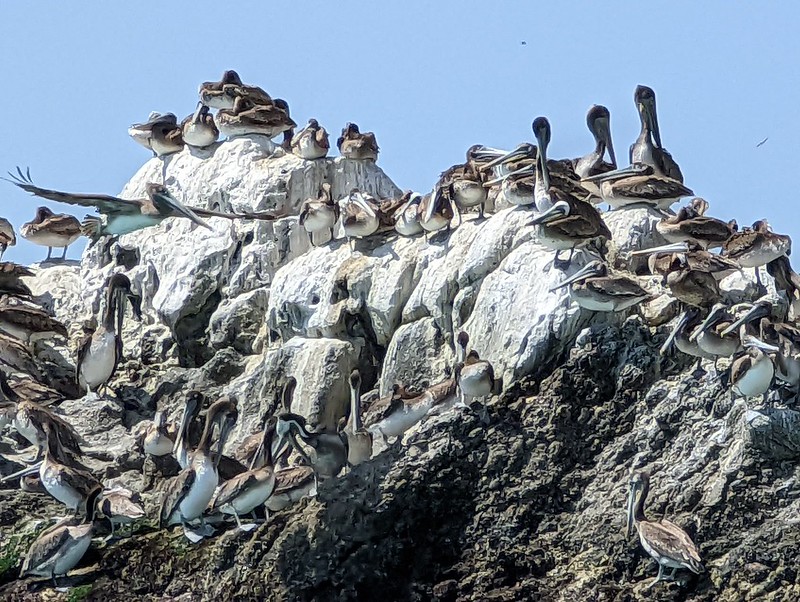
Guano is primarily composed of the accumulated excrement of seabirds or, to a lesser extent, bats. The chemical composition of guano – particularly its high content of phosphate, nitrogen, and small amounts of potassium – makes it an extremely good fertilizer for plants, as these components are essential for plant growth.
Unlike mammals, birds do not have a separate urinary tract. All excrement is excreted through one single opening, the cloaca. The excrement is a thick, semi-solid paste that mainly consists of uric acid as the main nitrogen waste product and remnants from the food.
Uric acid
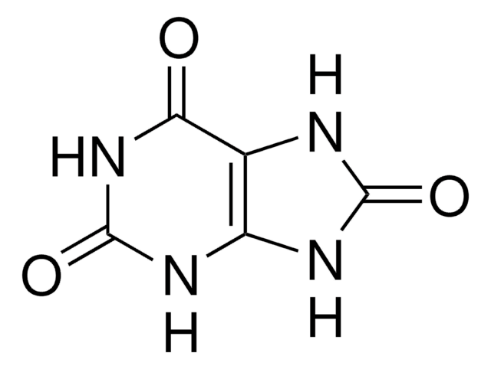
In both birds and humans, uric acid is produced when the body breaks down purines, which are nitrogen-containing compounds found in DNA, RNA, and some foods.
However, while in humans, urea is the main waste product, in birds, it is uric acid. Uric acid is relatively non-toxic and insoluble. Birds excrete it as a paste, which requires very little water and thus helps save weight, an important advantage for flying animals.
Uric acid does not have a strong smell, which sounds counterintuitive to anyone who has ever been close to penguins in a zoo or in nature. The smell comes from the decomposition of the uric acid and the other guano components, particularly under wet conditions. The strongest smell is that of ammonia, a very simple nitrogen chemical with the formula NH3. There are other decomposition processes going on as well – in the end, everything ends in nitrogen again:
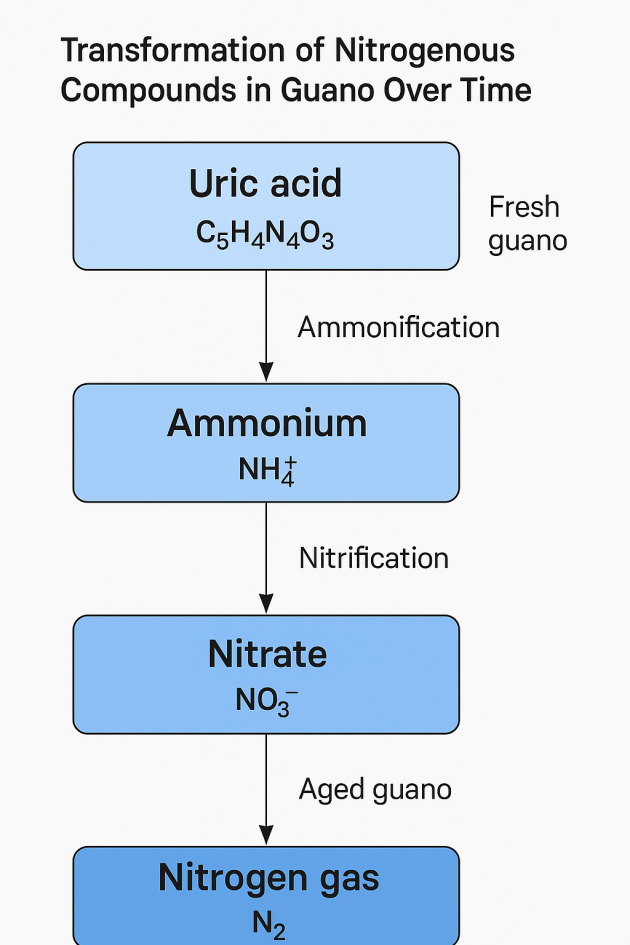
Decomposition is very slow under dry conditions, leading to thick layers of guano at seabird colonies in areas with a hot, dry climate and little rain. Areas with such deposits include the Peruvian coast (Chincha Islands), Namibia, South Africa, and parts of Chile. The main birds involved are cormorants, pelicans and boobies.
The Incas were aware of the benefits of seabird guano for plant growth and used it to fertilize their maize crops. They even had laws protecting seabird colonies, with harsh penalties for disturbing them. In fact, the word “guano” originates from a Quechua word, “wanu”, meaning fertilizer or dung.
It took Europeans much longer to value guano. After Alexander von Humboldt brought samples to Europe, scientists confirmed its value for plants, and farmers began importing small quantities. Large-scale exports from Peru started around 1841, and guano was regarded as a strategic resource. This resulted in the U.S. Guano Islands Act (1856), which allowed U.S. citizens to claim uninhabited islands with guano for national use, and which led to several islands in the Pacific and Caribbean being claimed.
In the late 1800s, supplies began to dwindle as the best deposits were exhausted, and the invention and industrialization of the Haber-Bosch Process around 1913, which allowed the synthetic production of nitrogen fertilizer, made chemically produced fertilizers cheaper. However, some guano is still produced, mainly for organic farming.
Sources:
Photo: “Pelicans on a guano-frosted rock 2, Catalina Island, Los Angeles, California, USA” by gruntzooki licensed under CC BY-SA 2.0







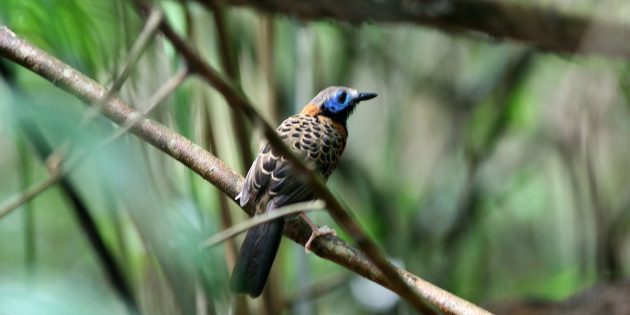

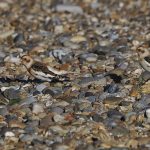
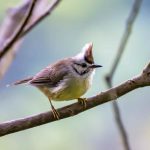


Leave a Comment